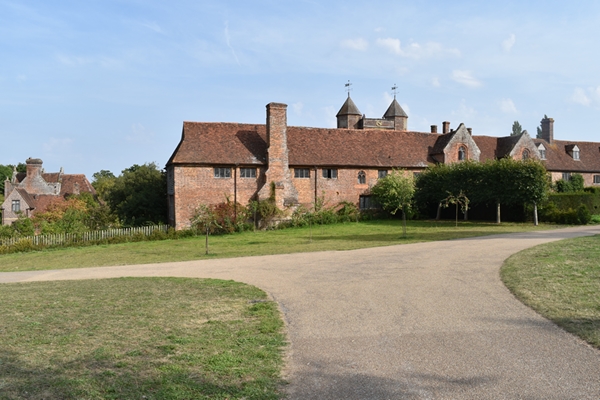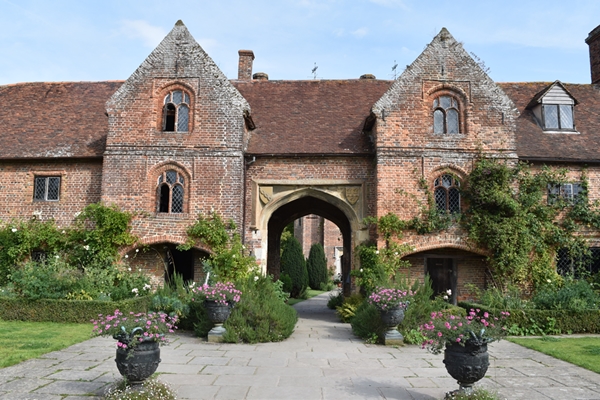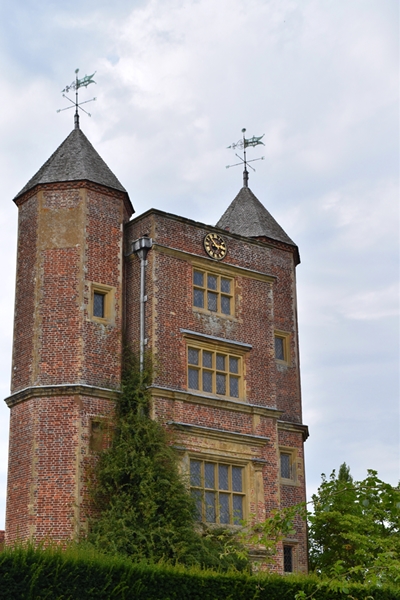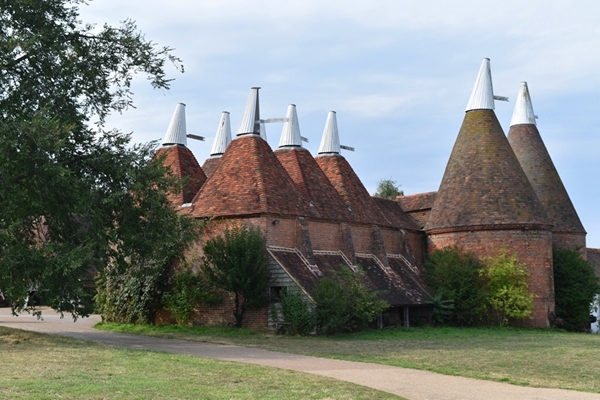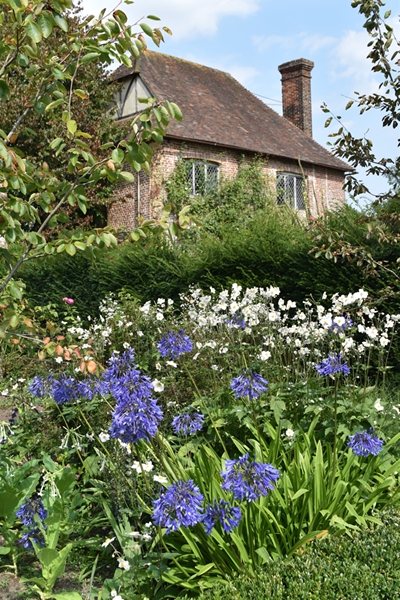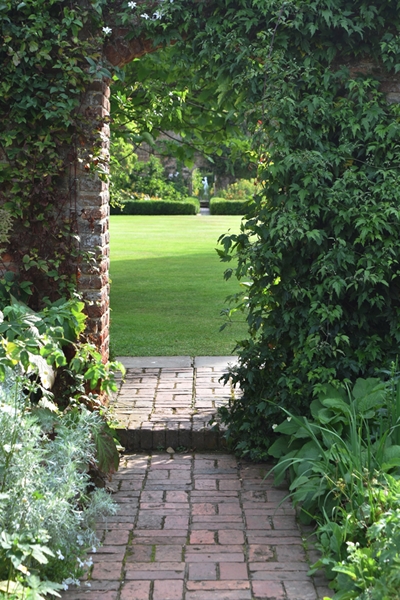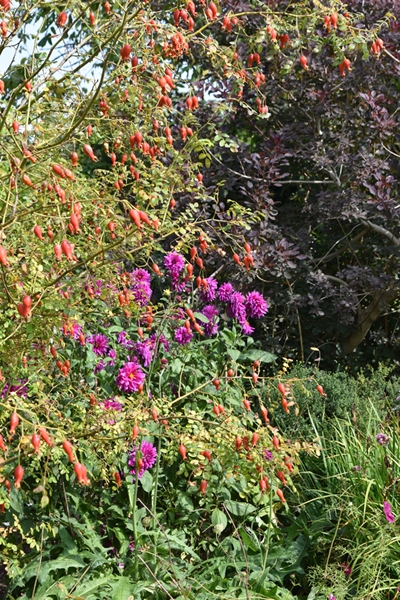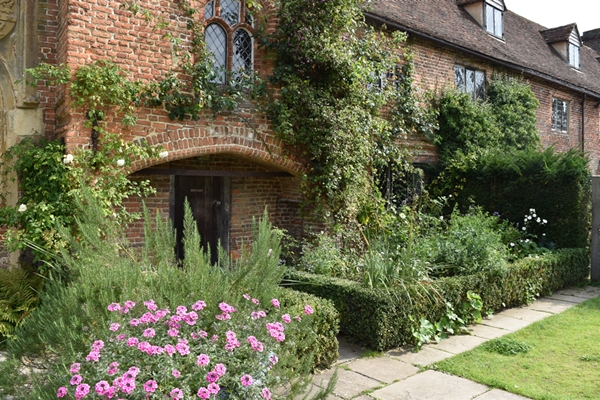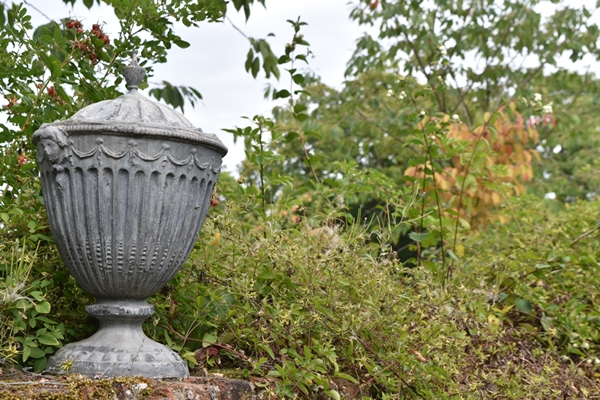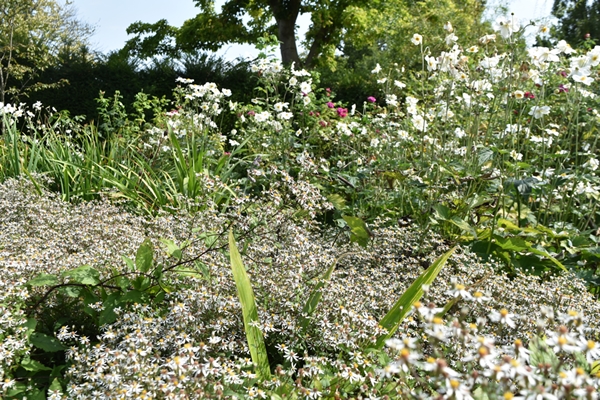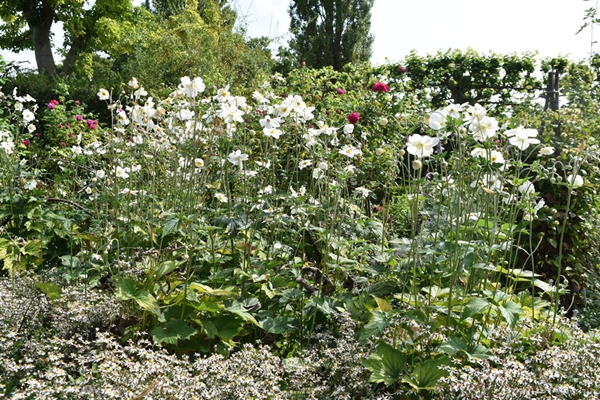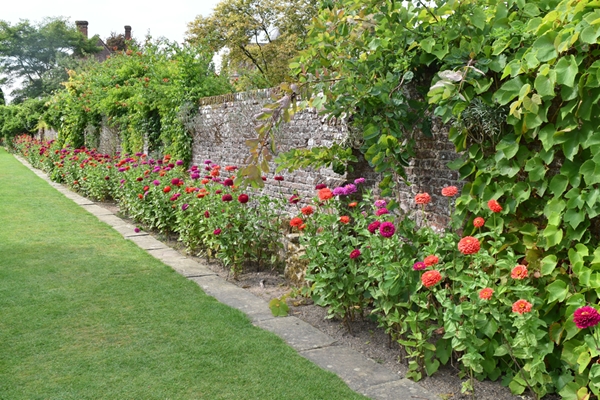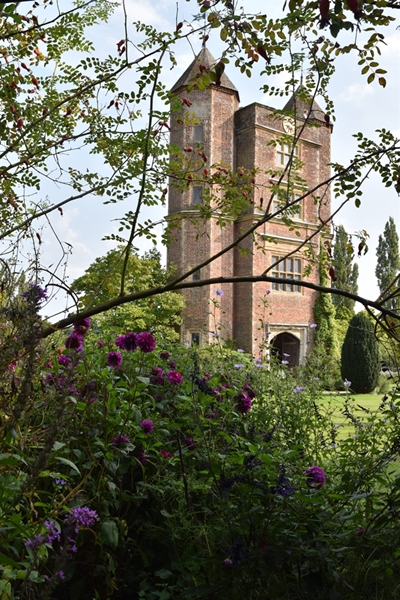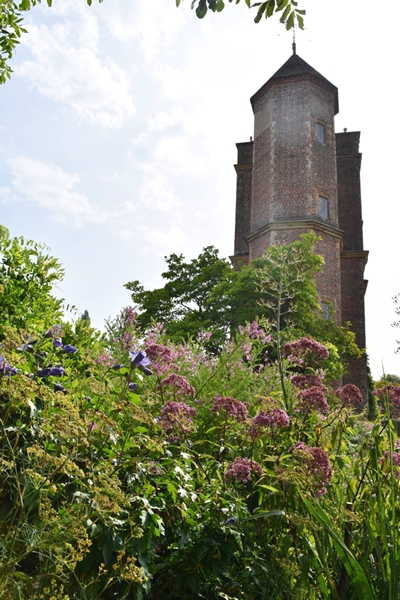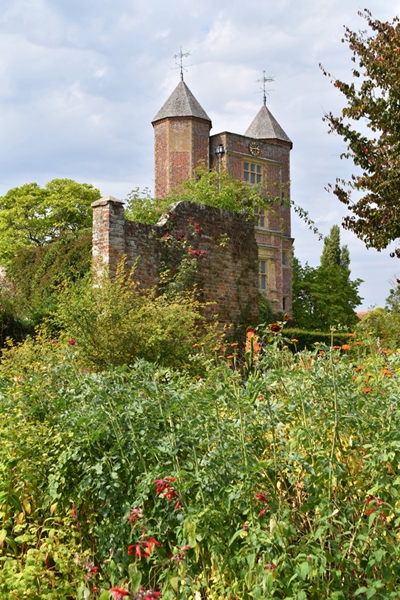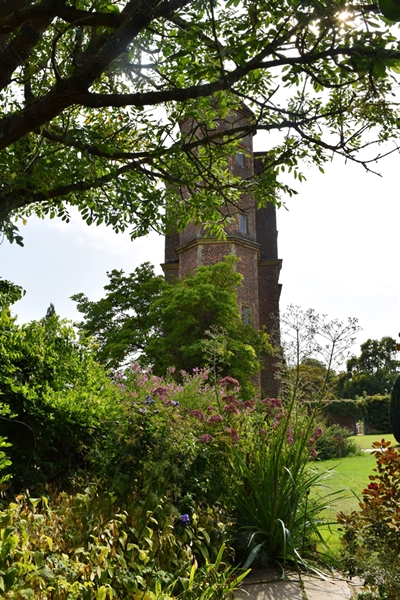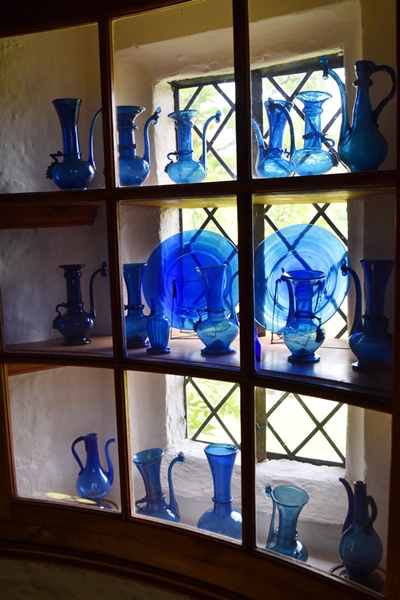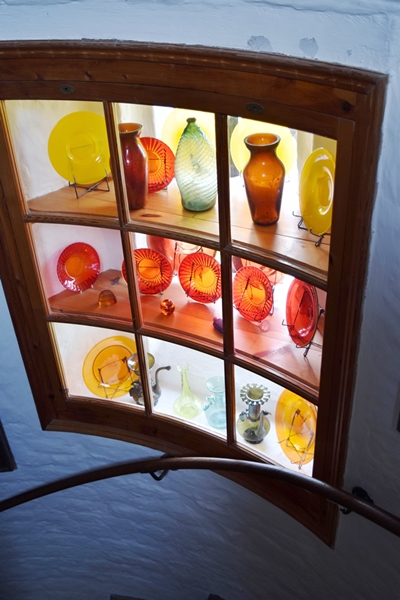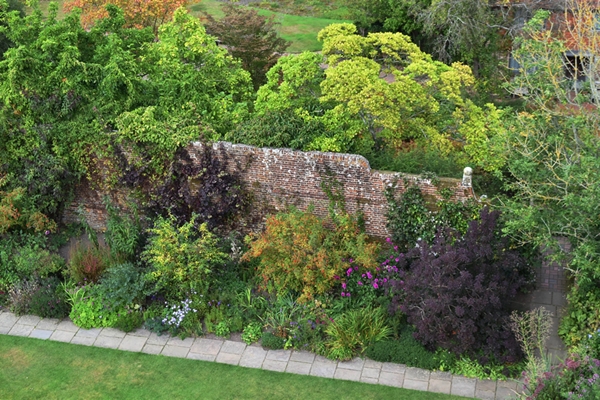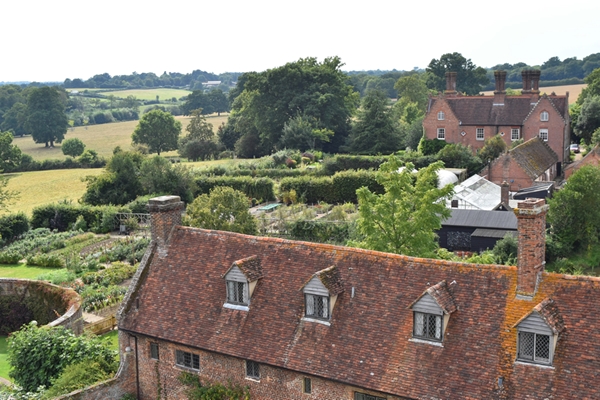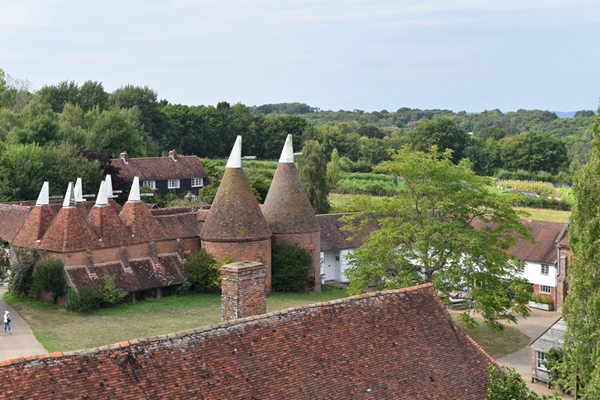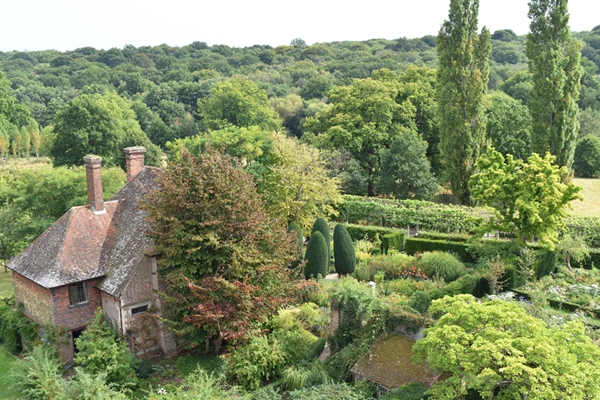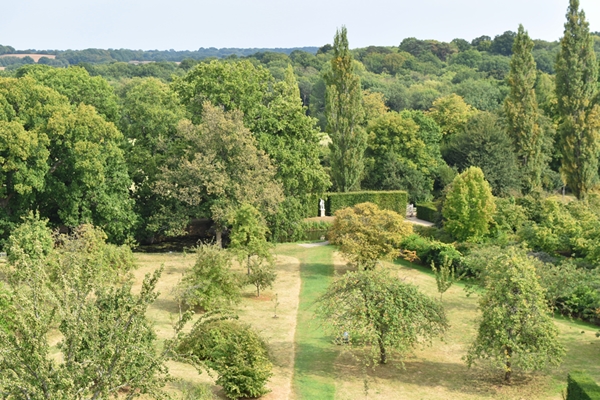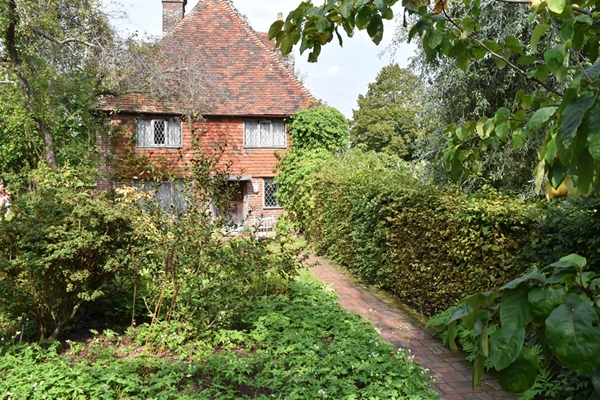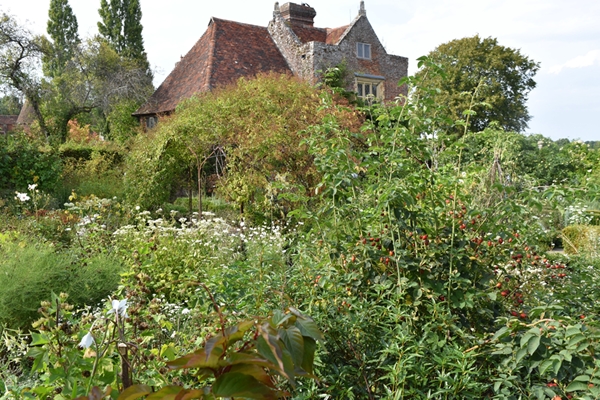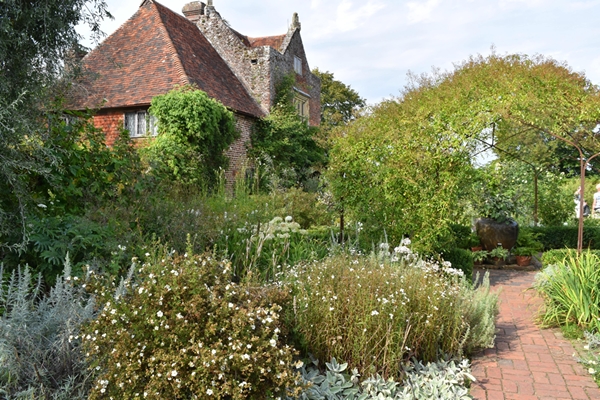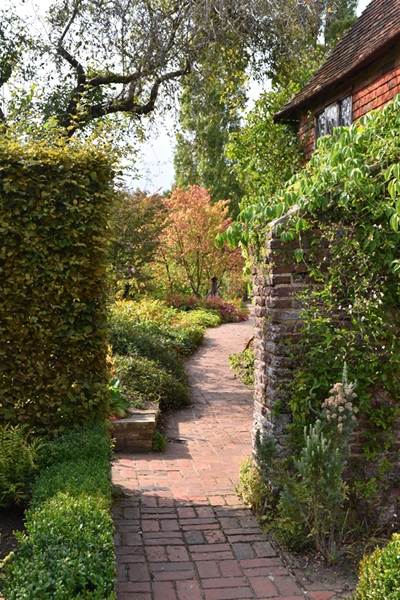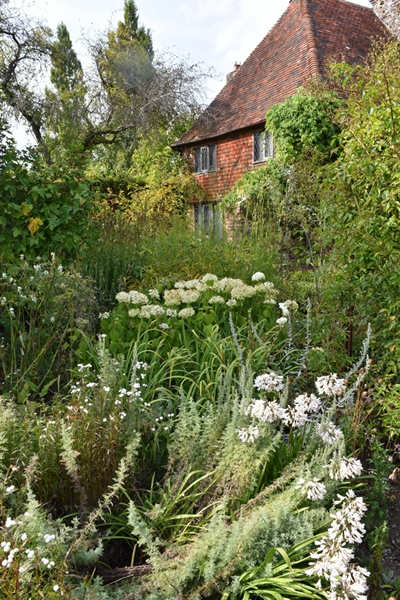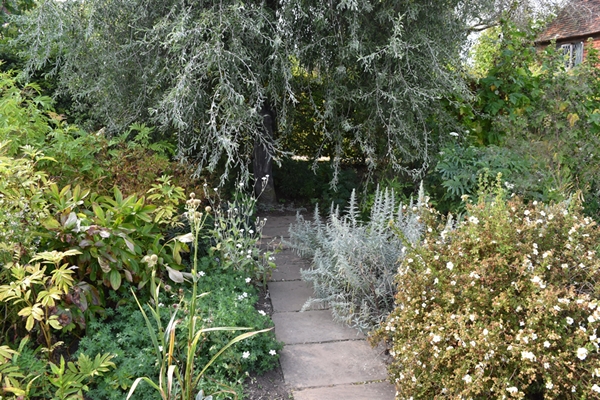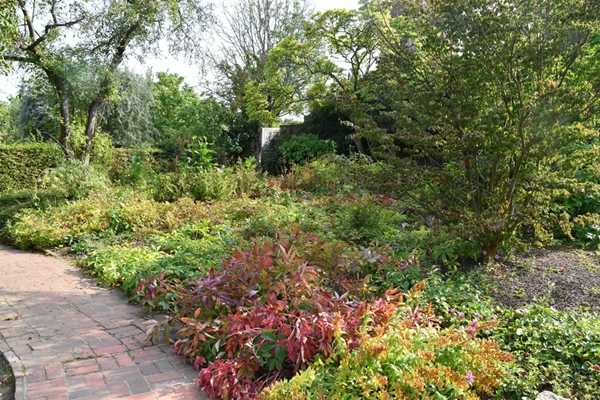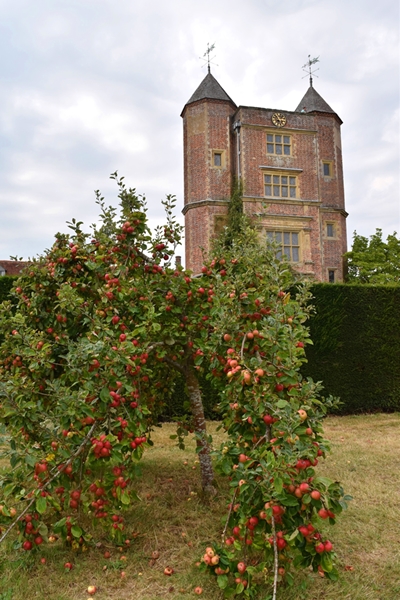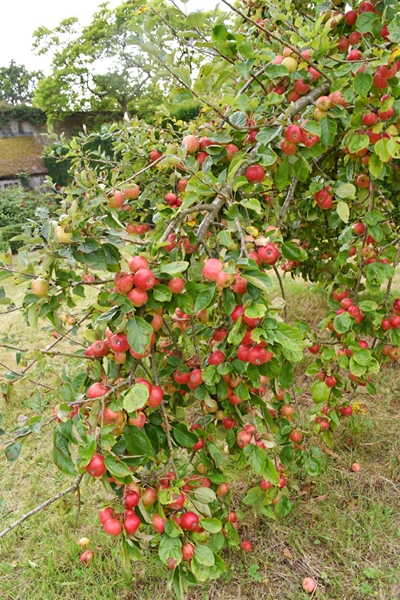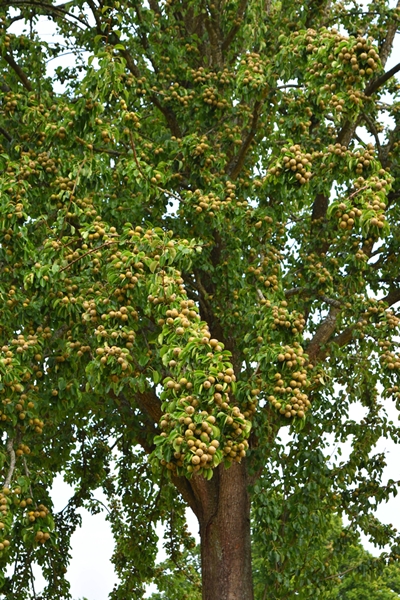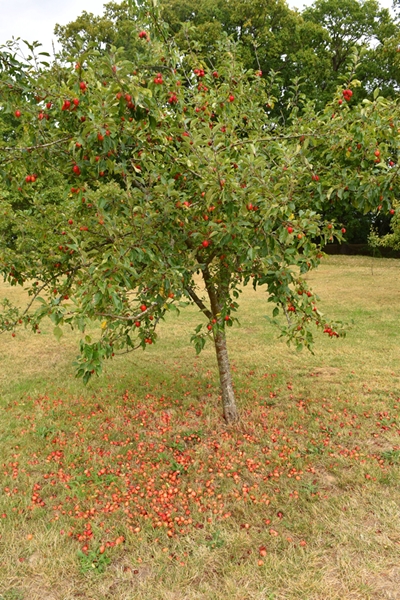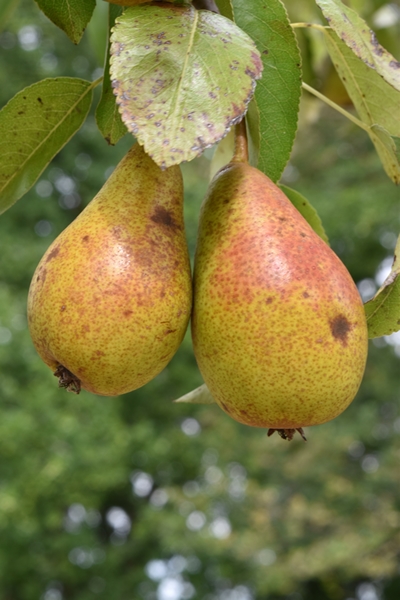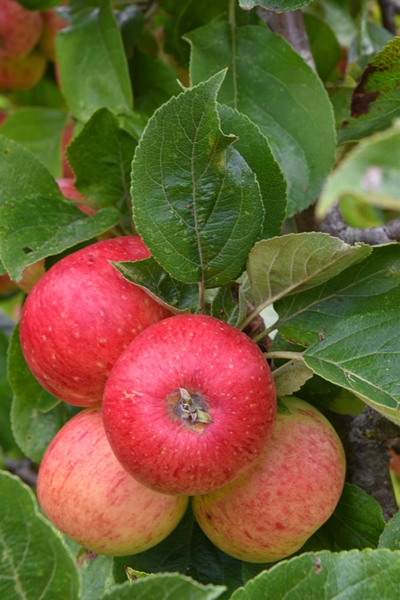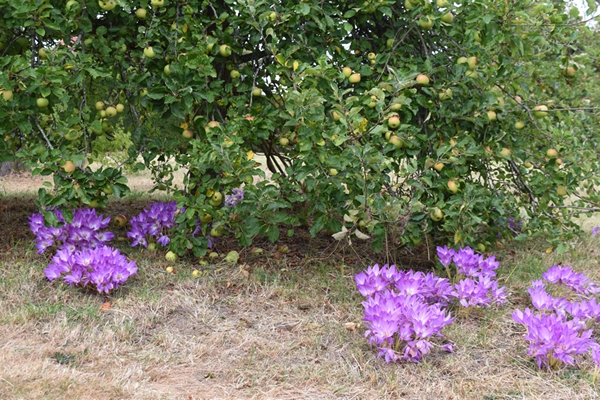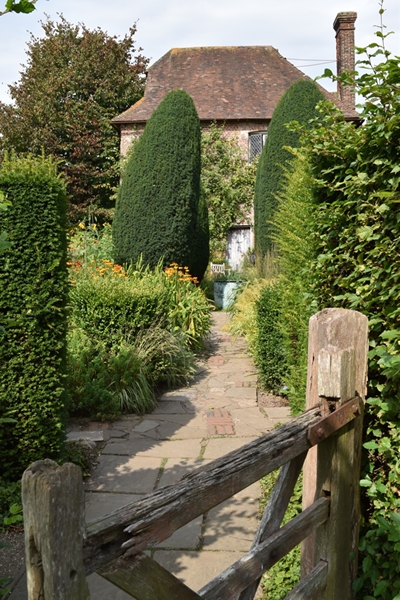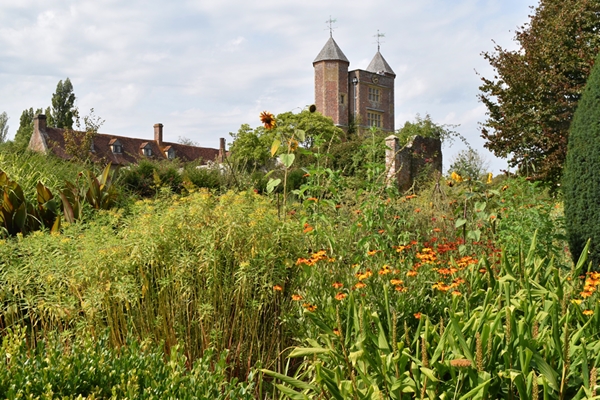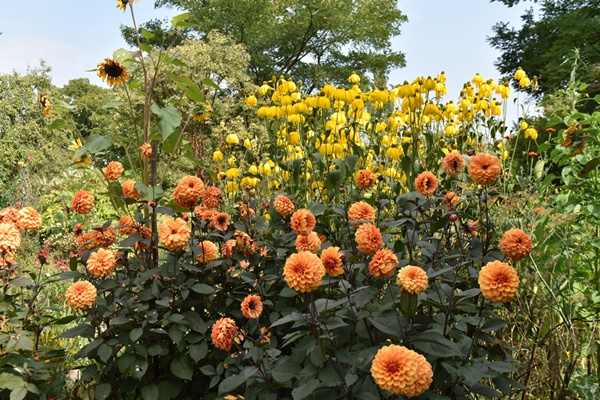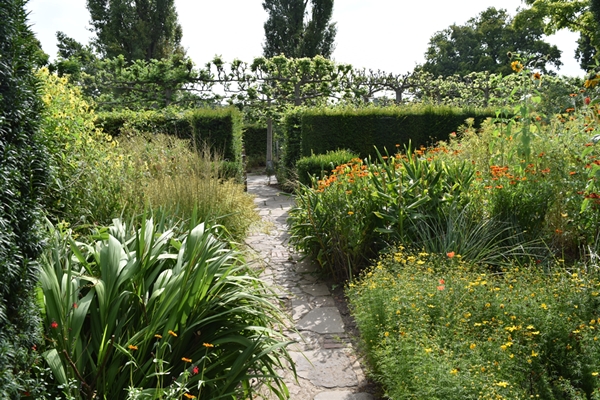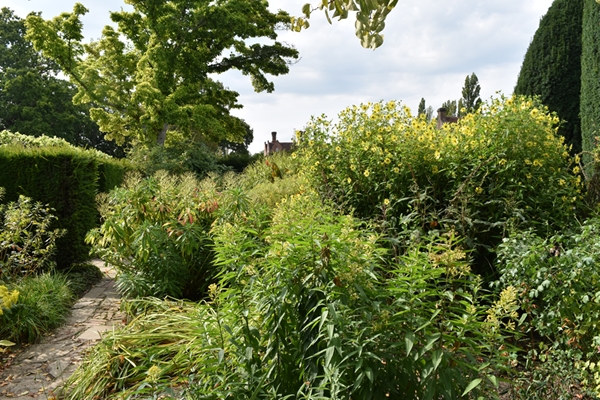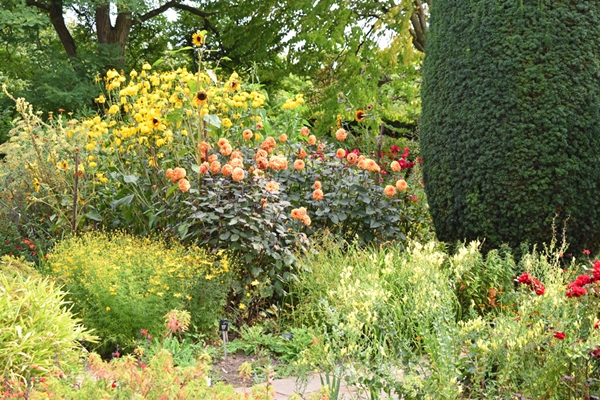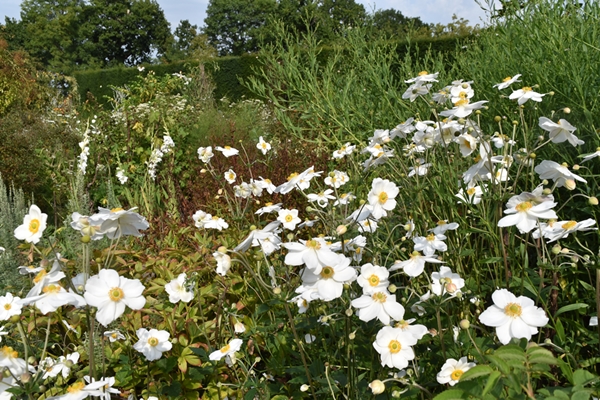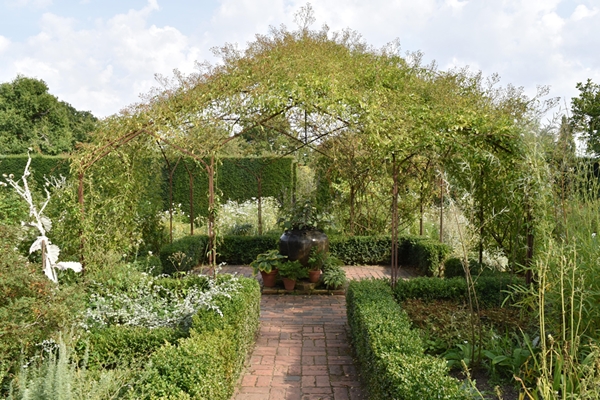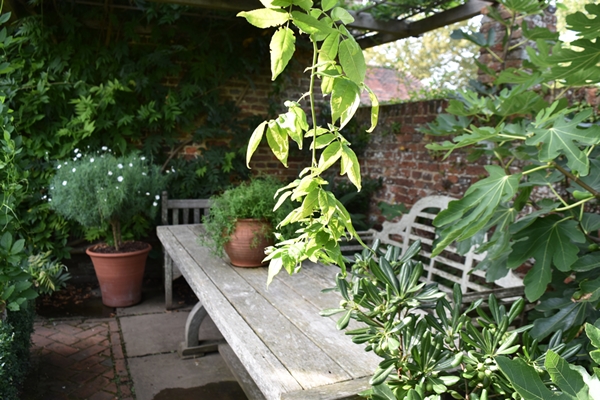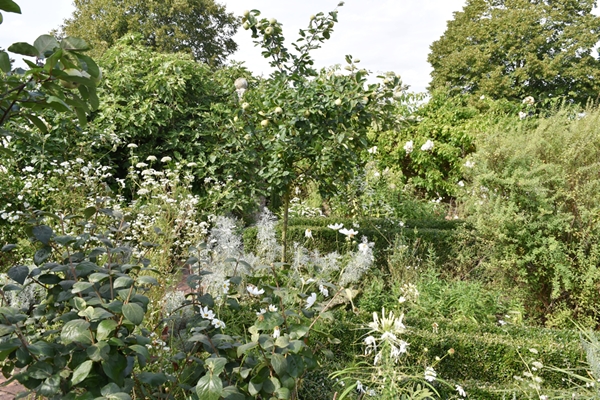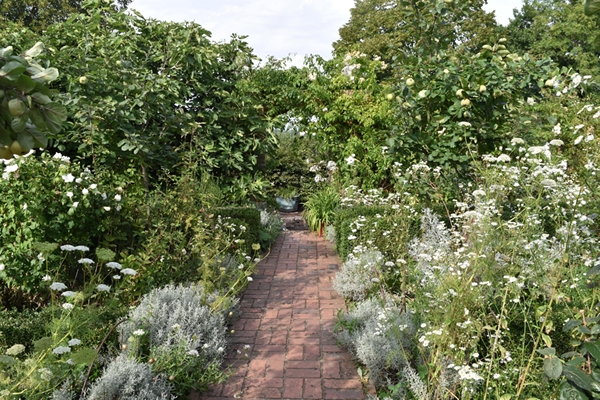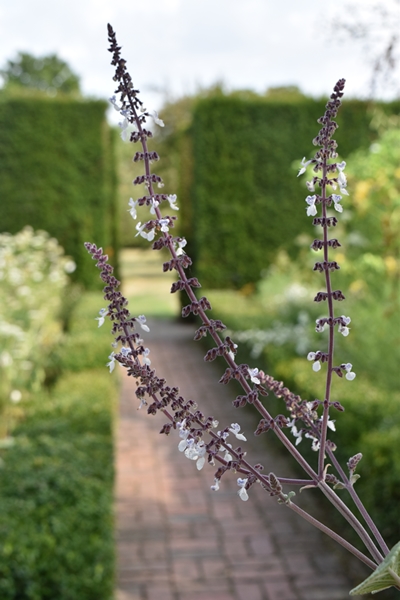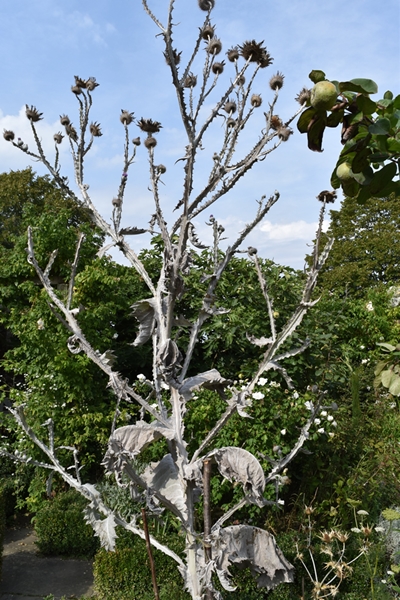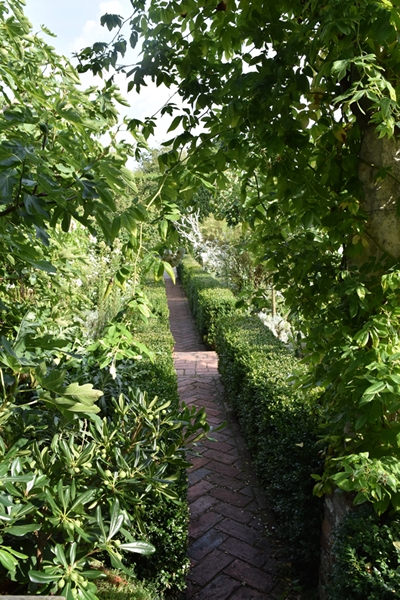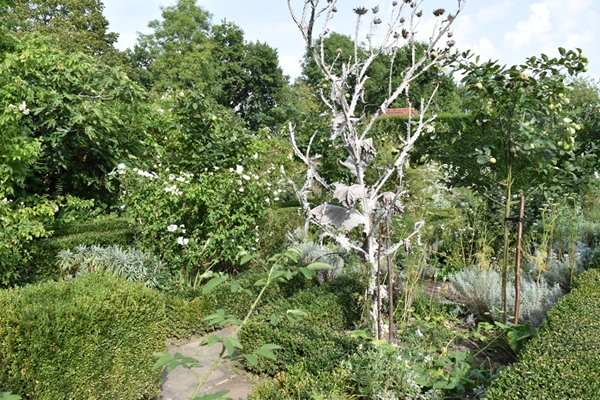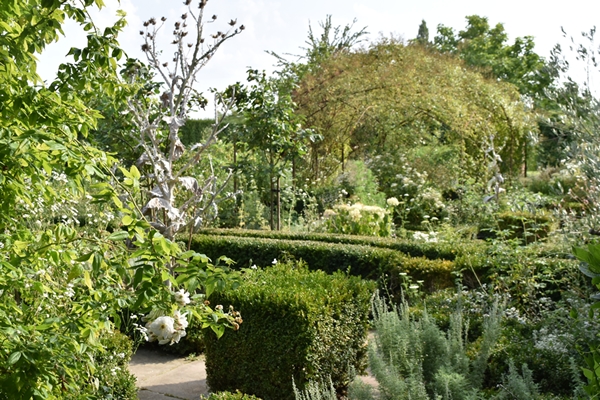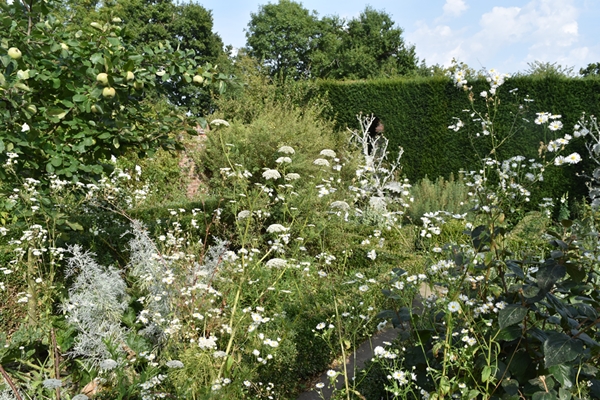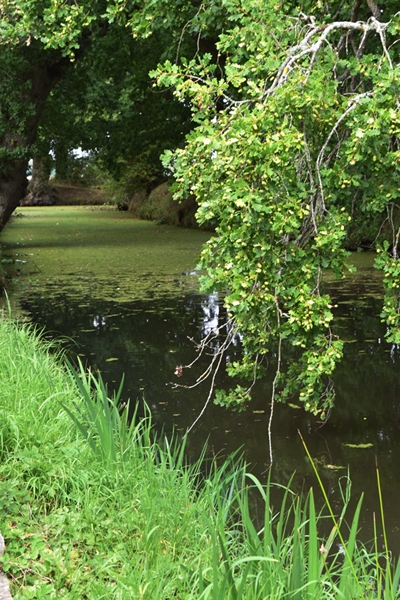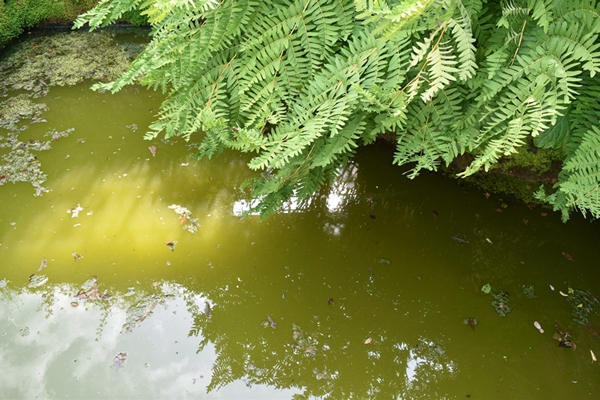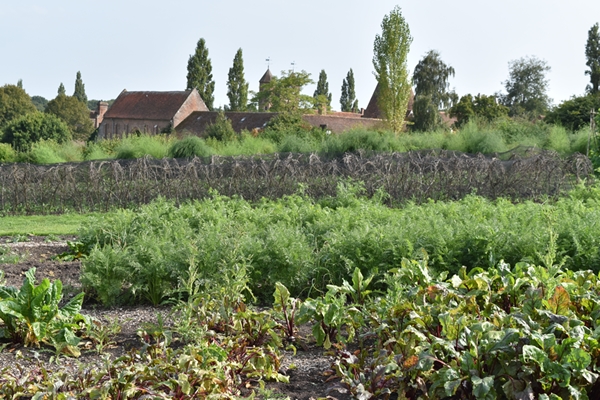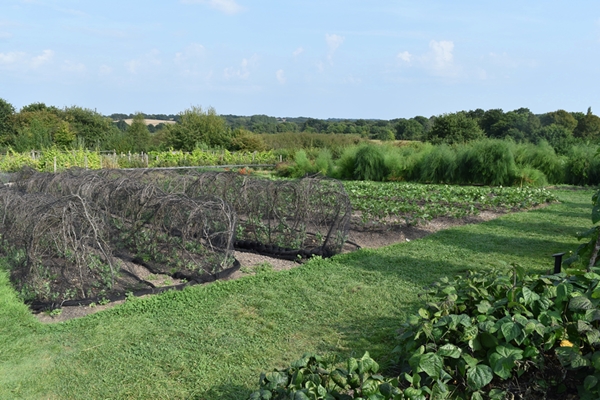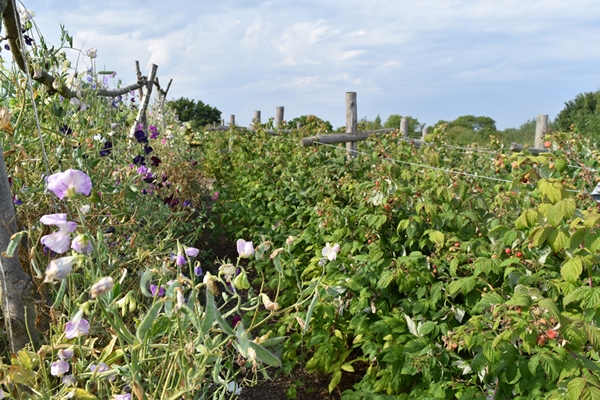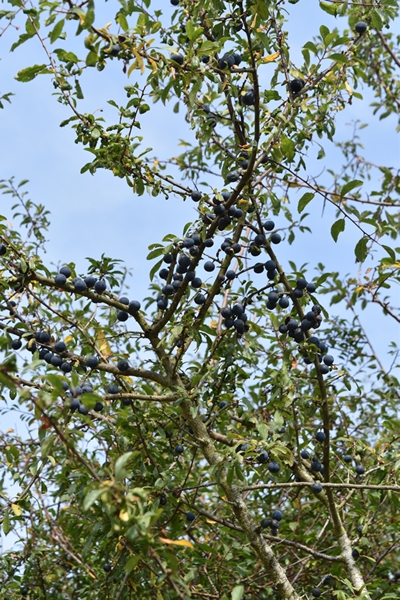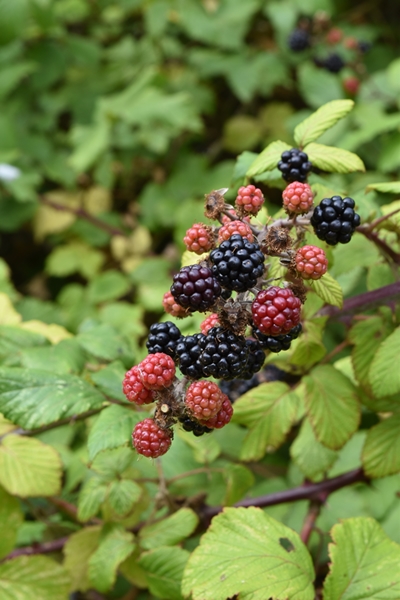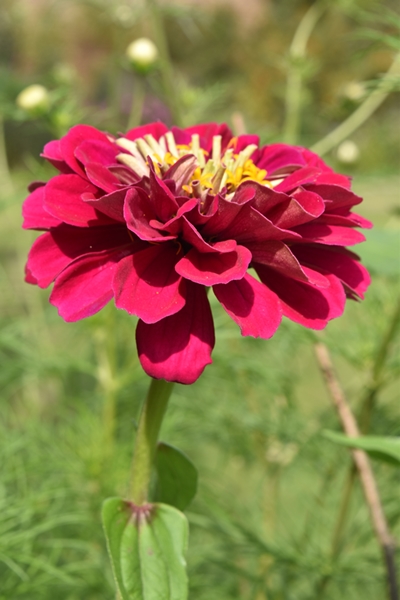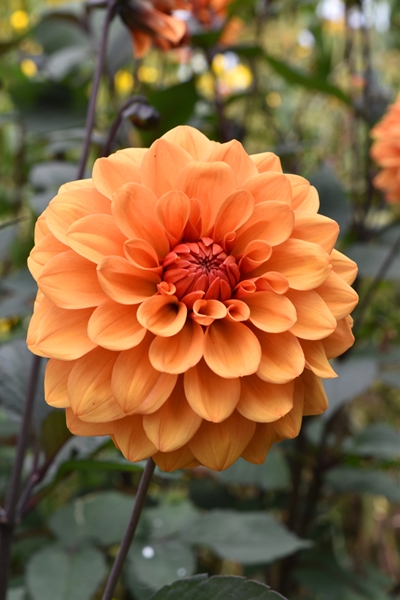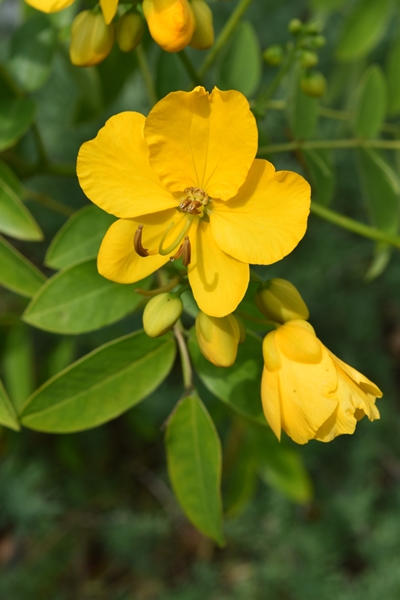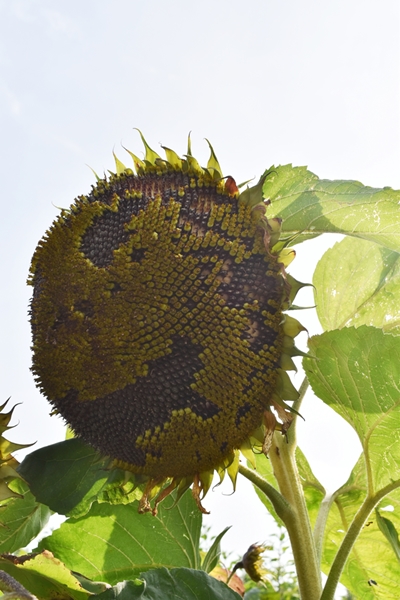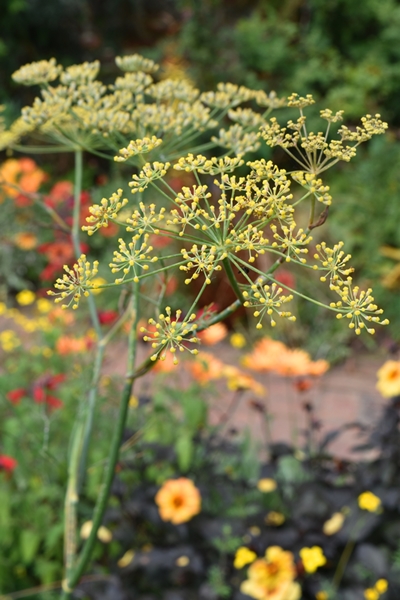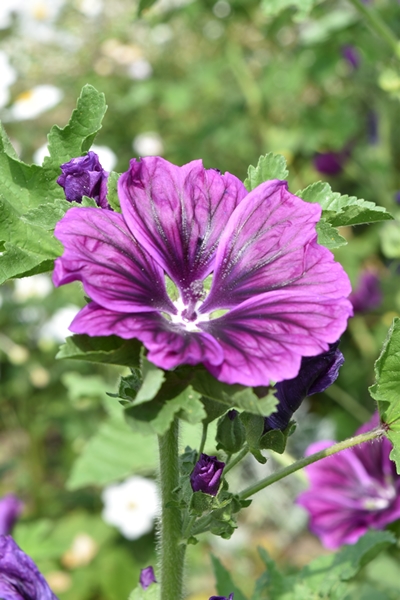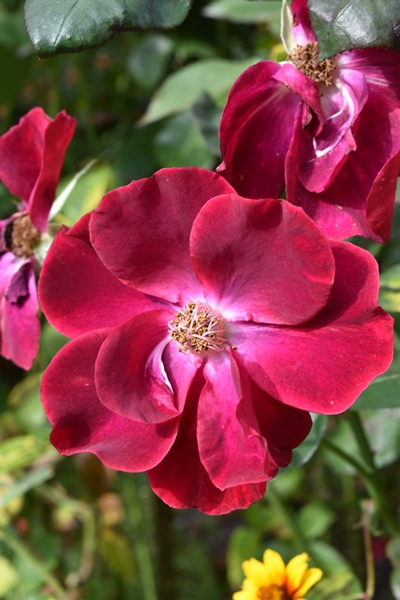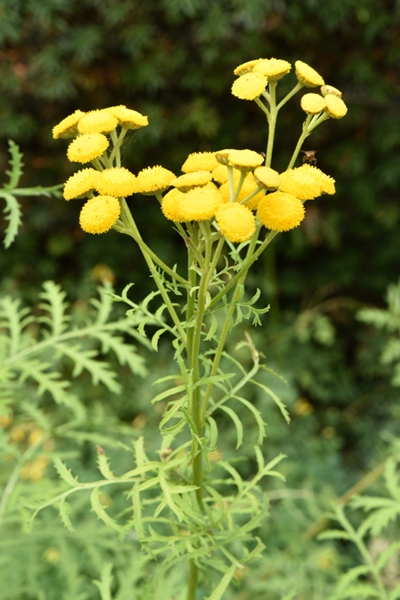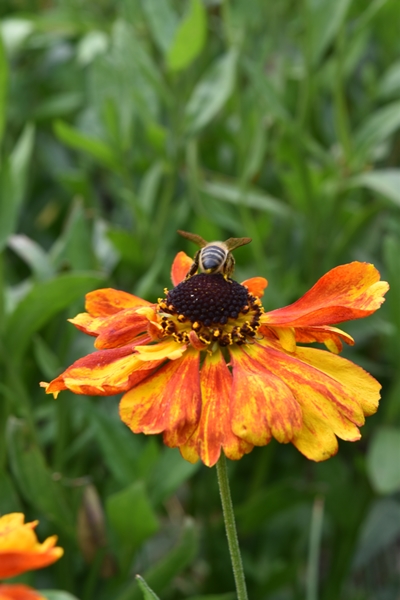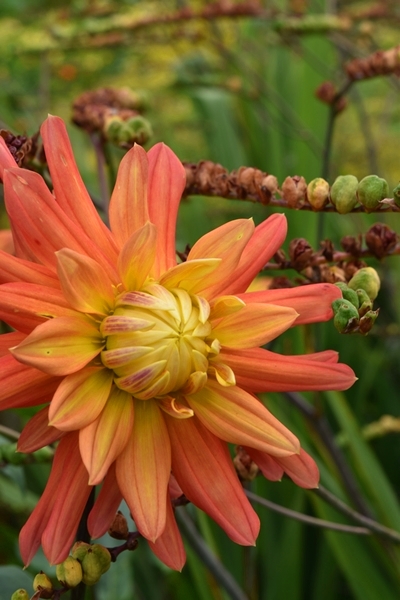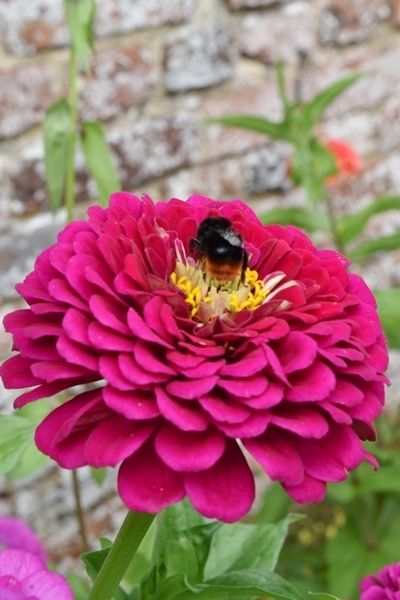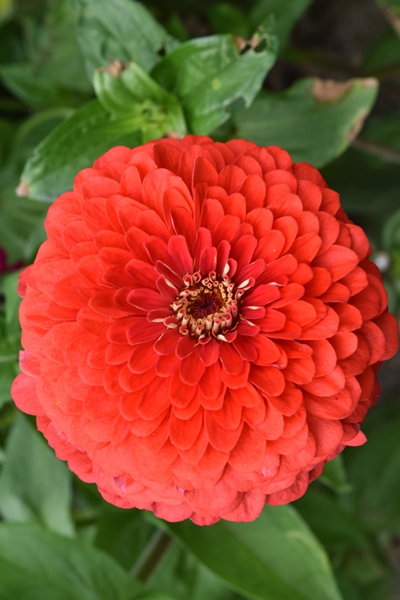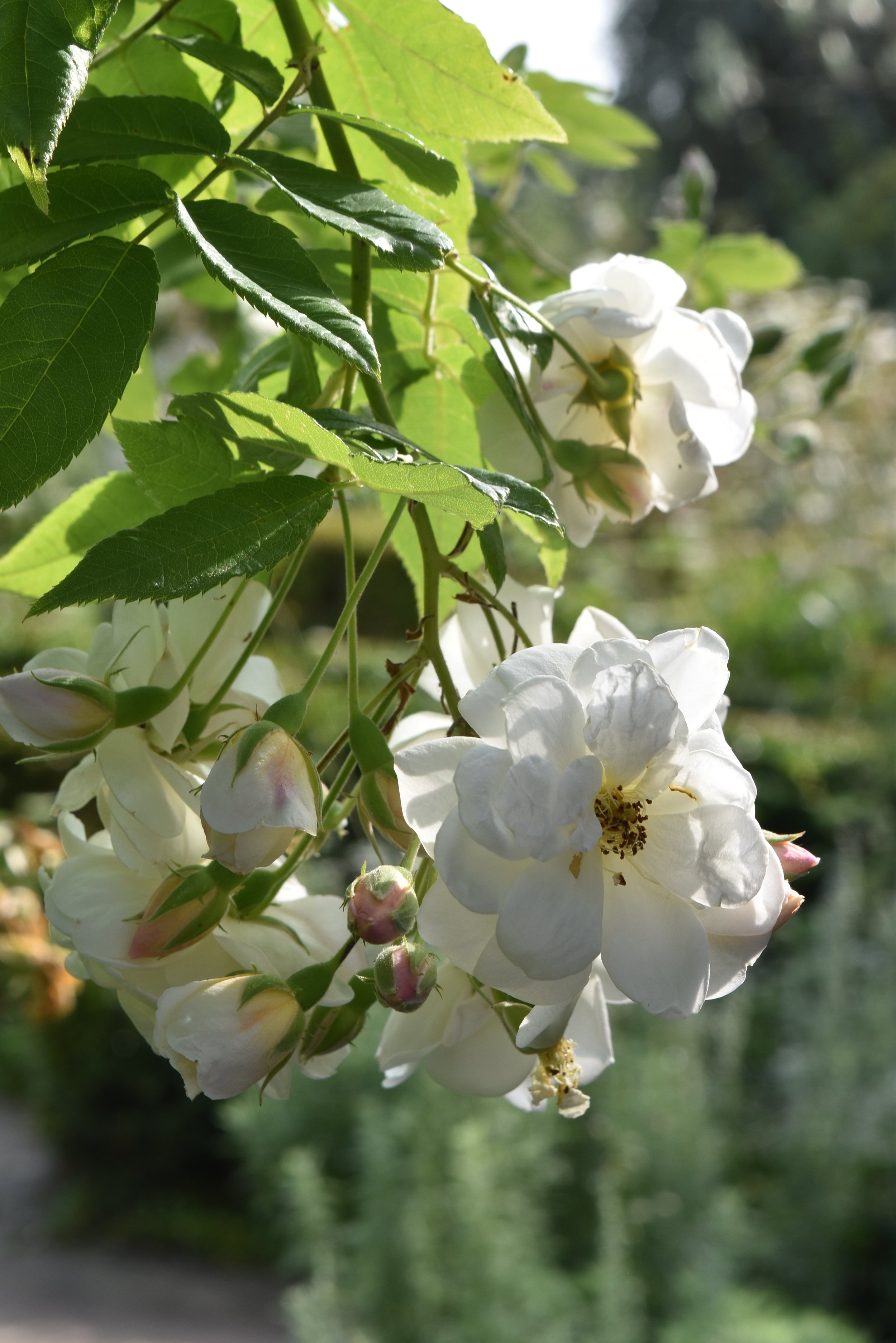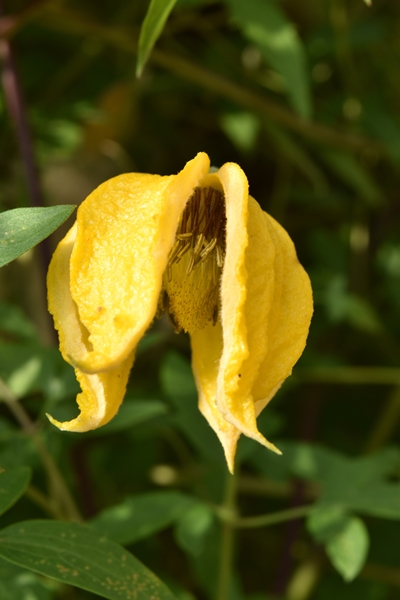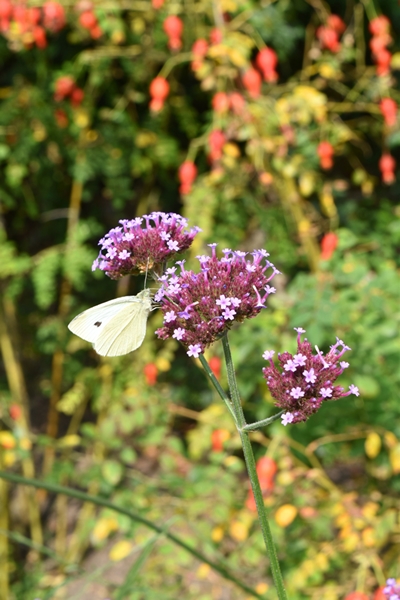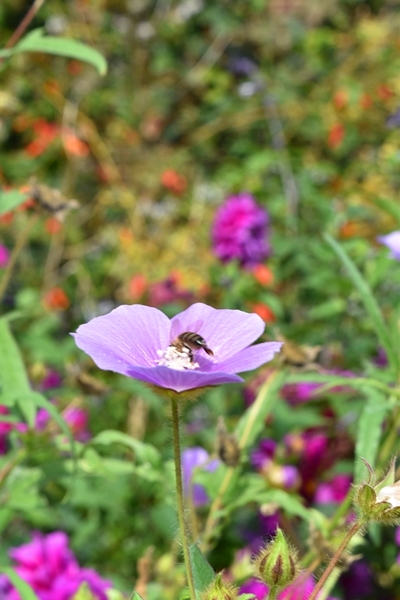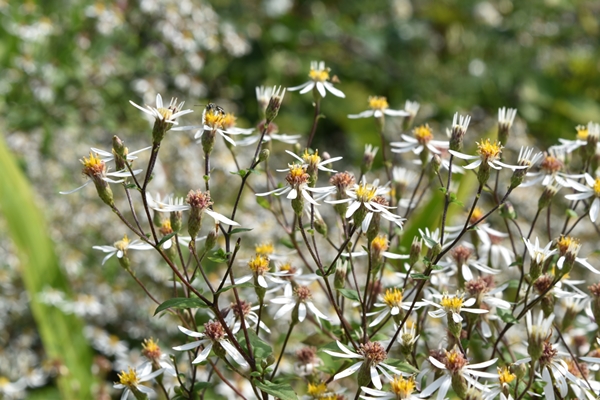At the end of August I paid a visit to Sissinghurst Castle Garden. This was my second visit to Sissinghurst (I went a couple of years ago) and it is one of those places that you could visit two or three times a year and always see something new.
Sissinghurst's garden was created in the 1930s by the writer Vita Sackville-West and her husband Harold Nicolson who was an author and diplomat. Vita was on the fringes of the Bloomsbury Group. She also wrote a weekly column in the Observer newspaper on gardening. The garden that she and her husband so loving created is designed as a series of rooms. Each room has a different colour or theme and is divided by high hedges or brick walls.
Vita and Harold were the last private owners of Sissinghurst Castle. After Vita's death in 1962, Harold decided that it should be given over to the care of the National Trust but the family have life-long access to it. The estate comprises 460 acres of beautiful countryside which can be truly appreciated from the top of the tower.
I took my trusty Nikon DSLR camera and spent two hours snapping over 200 photos. I won't bore you with that quantity but I do want to share a selection with you.
When you arrive there is a museum in one of the Oast houses (these are buildings used for drying hops as part of the brewing process). I highly recommend it as it gives you are real insight into the complex lives of Vita and Harold.
The gardens are designed as rooms and everywhere you turn is yet another beautiful walled garden. I particularly love the use of urns in the gardens.
For all you zinnia fans, this display was a sight to behold!
The tower is never far from any part of the gardens and provides a majestic backdrop.
There are stunning views of the gardens and countryside from the top of the tower in which Vita worked. On the way up the circular tower you pass these two windows with beautiful coloured glass items.
The views from the top of the tower are worth the climb.
The 17th centure Priest's House is one of my favourites. It is available to rent and visitors come in droves to stay there and soak up the atmosphere of the gardens.
The old orchard was designed to be half garden and half half wilderness. Roses were planted against the boughs of old apple trees, with winding paths mown in long grasses.
The South Cottage Garden is one of my favourite as it is a riot of warm reds, oranges and yellows.
The famous White Garden was still holding its own despite most of the white roses no longer in bloom. Until 1950, the White Garden had been filled with roses but as they outgrew their space they were transferred to what was to become the Rose Garden.
Water is a feature of parts of the garden. I didn't have time to walk to the lakes but I strolled down to the Moat which has the remains of an Elizabethan wall on one side.
I stumbled across a small pond in the corner of one of the garden rooms.
The vegetable gardens are huge and set slightly apart from the main gardens. You reach them via a path lined with blueberry bushes and rosehips.
No visit to a garden is complete without a few flower closeups!
That was a whistle stop tour of the gardens but if you have the opportunity, you should see them for yourself. There is an incredible sense of history in these gardens and I kept expecting to see Vita striding towards me in her plus fours and a cigarette in her hand ! One of these days I'm going to book myself a night or two in the Priest's House. Who knows, I might get to see Vita's ghost in the moonlit gardens!

